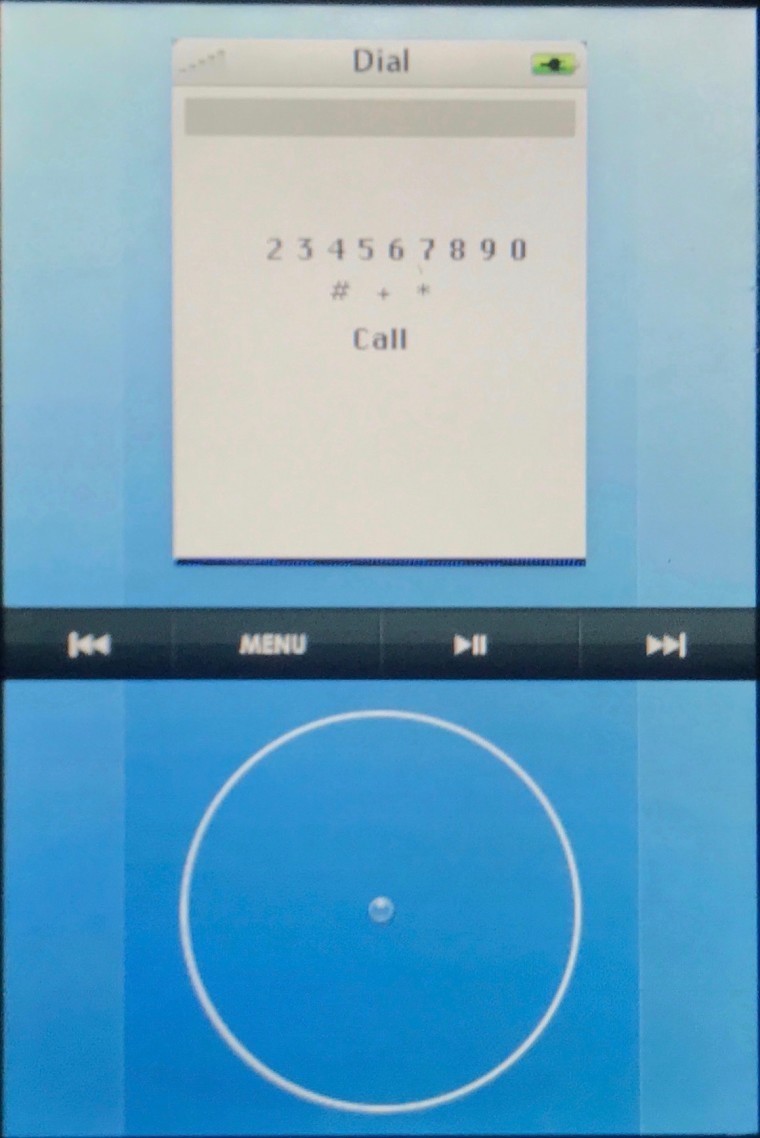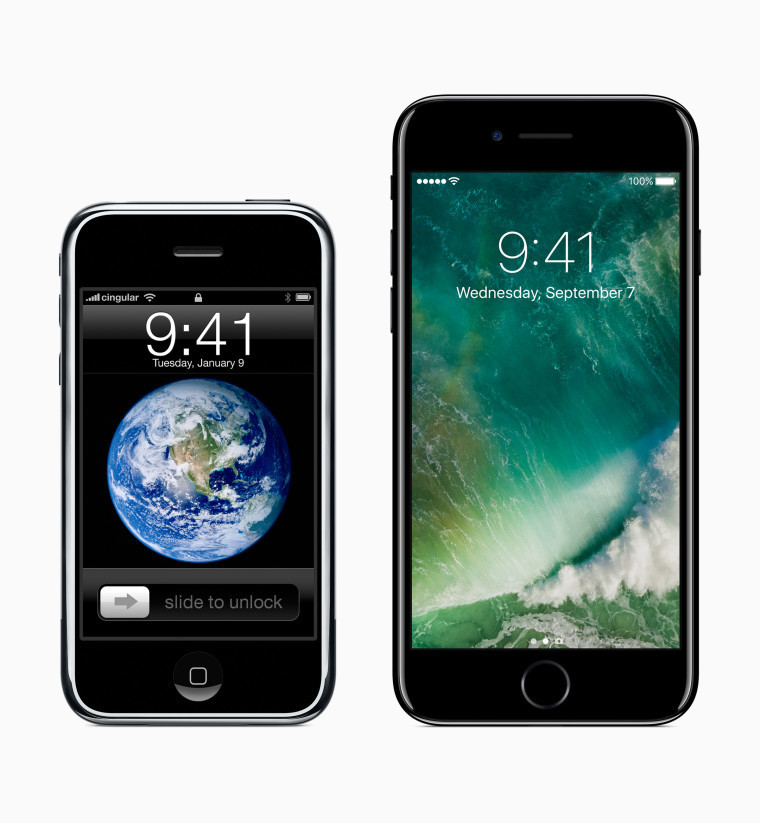Flashback is an occasional series in which we take a trip down Memory Lane, to revisit products, brands and moments from the world of technology past.

Apple didn't invent the smartphone. Considering the extraordinary impact it had on the mobile industry, it's perhaps forgivable that some people have come to believe that, but smartphones have been around for a lot longer than some folks think.
In the early 2000s - or the 'Noughties', if you prefer - smartphones existed in considerable numbers, built by the likes of RIM (later BlackBerry), Palm, and various other companies, including some that used Microsoft's Pocket PC/Windows Mobile operating systems. BlackBerry devices won over business users in vast numbers, thanks to their peerless support for email, and their much-liked hardware keyboards, which made text entry a breeze. Palm also gained a loyal following among business types and consumers alike with many keyboard-equipped devices, and a wide range of third-party applications available for Palm OS.

Like many other mobile manufacturers of the time, Palm also built Windows Mobile devices. Microsoft's OS supported third-party apps too, as well as including versions of its own Office apps, which the company touted as the height of mobile productivity. Its support for business-friendly features like Exchange ActiveSync push email also made it a favorite among companies keen to take advantage of new technologies on the go.
But devices like these were far from perfect. Windows Mobile, for example, was awkwardly split between a non-touch version for smartphones with a T9 keypad, and a touchscreen version for PDAs (personal digital assistants - no relation) that still relied heavily on a stylus to complete even the most basic tasks. On-device app stores as we now know them didn't exist. And as demand for larger touchscreens was increasing, companies like HTC were being forced to develop their own touch-friendly UI skins to make the OS more usable with fingers rather than pokey-sticks.
So when Apple unveiled the original iPhone ten years ago today - on January 9, 2007 at 9:42am Pacific Time - the mobile market was undoubtedly ready, even eager, for some fresh thinking to shake things up. And while the first-generation iPhone was far from perfect, it certainly stirred up excitement among buyers.

Apple had previously dipped its toe into the cellular device market through a collaboration with Motorola in 2005, which resulted in the ROKR E1, the first handset with integrated support for Apple's iTunes software. Nicknamed the 'iTunes phone', it was dismal, with a terrible user experience, worsened by a bizarre decision to limit users to storing only 100 songs on the phone at any time. After many iPod owners had been calling for Apple to launch an 'iPod phone' for years, the ROKR E1 was the worst possible disappointment.
Even so, while developing its new iPhone, Apple experimented with an iPod-style user interface for the device, but the prototype 'AcornOS' was rightly binned. Instead, Apple favored building an operating system based on its OS X desktop operating system, with far greater flexibility to expand its capabilities beyond what it unveiled on day one.
When the late Steve Jobs revealed the iPhone, he hailed it as the perfect combination of three devices in one: "a widescreen iPod with touch controls, a revolutionary mobile phone and a breakthrough internet communications device".
It had a beautiful 3.5-inch display with capacitive touch, multi-touch gesture support, and a smooth, sleek user interface that suddenly made many rival operating systems look rather clunky.
But some mocked the device for its lack of 3G support - at a time when many rival devices included such connectivity - as well as the absence of even basic features such as copy-and-paste and MMS. It even lacked third-party app support. Such omissions attracted greater derision in the face of the iPhone's high cost - priced from $499, with no carrier subsidy to make it more affordable.
Microsoft's then-CEO Steve Ballmer was among those quick to dismiss the iPhone as destined for failure. A few months after its announcement, he told USA Today:
There's no chance that the iPhone is going to get any significant market share. No chance. It's a $500 subsidized item. They may make a lot of money. But if you actually take a look at the 1.3 billion phones that get sold, I'd prefer to have our software in 60% or 70% or 80% of them, than I would to have 2% or 3%, which is what Apple might get.
Like many others who scoffed at the iPhone after its announcement, Ballmer's assessment proved to be woefully shortsighted. When the second-generation model, the iPhone 3G, arrived a year later, it brought faster connectivity, an SDK for third-party software developers, and many more improvements that made the device a far more complete proposition, and set the stage for phenomenal sales growth in the years to come.

Over a billion iPhones have been sold since then, although despite continuing to sell in massive volumes, sales have declined slightly in recent quarters. The launch of the original iPhone prompted rival manufacturers to up their game, to more effectively compete with Apple's mobile marvel, and over the last decade, they've certainly done so. Today, there's no shortage of incredibly capable smartphones available at far lower prices than the iPhone range, and many buyers and industry observers have accused the company of not doing enough to innovate and stay ahead of its competitors.
Later this year, Apple will unveil another new iPhone, and expectations have never been higher for the company to deliver something truly incredible and groundbreaking. It's perhaps too much to expect Apple to introduce something that shakes up the mobile market as much as the original iPhone did, but ten years on, there's no denying the impact it had.
Apple CEO Tim Cook remains predictably optimistic though. "iPhone set the standard for mobile computing in its first decade, and we are just getting started," he said today. "The best is yet to come."

















20 Comments - Add comment